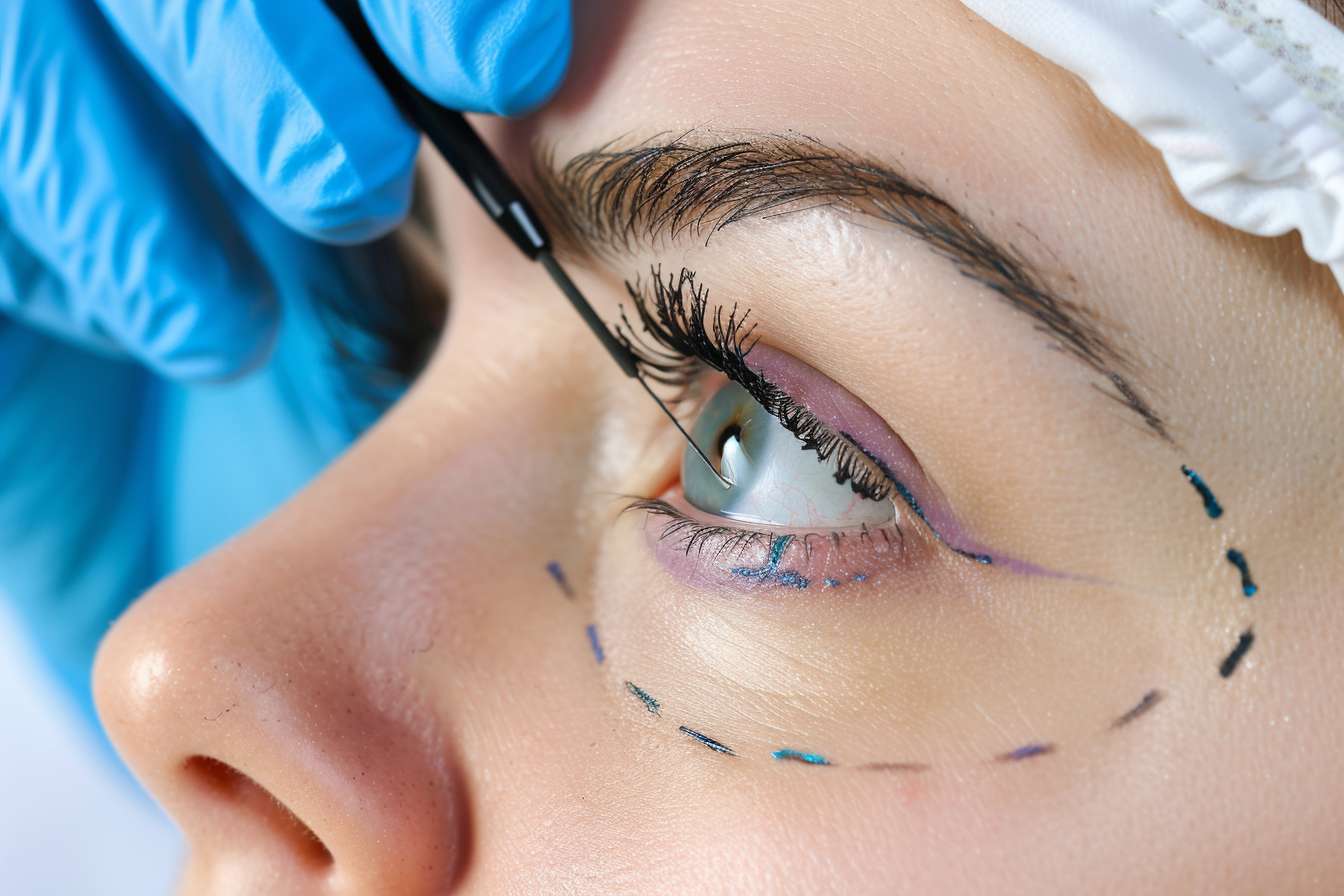What You Need to Know About Face Lift Procedures: An Essential Guide to Safe, Informed Choices
Face lift procedures have become increasingly popular as individuals seek ways to address visible signs of aging and restore a more youthful appearance. Understanding the fundamentals of this cosmetic intervention, from the different techniques available to the recovery process, is essential for anyone considering this option. This guide provides comprehensive information to help you make informed decisions about face lift surgery, covering everything from initial consultations to long-term results.

Face lift surgery, medically known as rhytidectomy, is a cosmetic procedure designed to reduce visible signs of aging in the face and neck. As people age, skin loses elasticity, and facial tissues begin to sag, creating wrinkles, folds, and jowls. A face lift addresses these concerns by tightening underlying muscles, removing excess skin, and repositioning facial tissues to create a more youthful contour.
The decision to undergo this procedure should be based on thorough research, realistic expectations, and consultation with qualified medical professionals. Understanding what the surgery involves, who makes a good candidate, and what results to expect can help ensure a positive outcome.
What Does a Face Lift Procedure Involve?
A face lift is a surgical procedure typically performed under general anesthesia or sedation. The surgeon makes incisions along the hairline, around the ears, and sometimes under the chin. Through these incisions, the surgeon accesses the underlying facial muscles and tissues, tightening them and removing excess skin. The incisions are then closed with sutures or staples.
There are several types of face lift techniques, each addressing different areas and levels of aging. A traditional face lift targets the lower two-thirds of the face and neck. A mini face lift is less invasive and focuses on mild to moderate sagging in the lower face. A mid-face lift addresses the cheek area, while a neck lift specifically targets sagging skin and muscle bands in the neck.
The entire procedure typically takes between two to five hours, depending on the extent of work required. Most patients can return home the same day, though some may require an overnight stay for monitoring.
Who Is a Good Candidate for Plastic Surgery Clinics Services?
Ideal candidates for face lift surgery are generally in good overall health, do not smoke, and have realistic expectations about the results. Most people seeking this procedure are between 40 and 70 years old, though age alone does not determine candidacy.
Good candidates typically have noticeable sagging in the mid-face, deep creases below the lower eyelids, jowls along the jawline, and loose skin or excess fat in the neck. They should also have sufficient skin elasticity to allow for proper healing and natural-looking results.
Plastic surgery clinics conduct thorough evaluations during initial consultations to assess whether a patient is suitable for the procedure. These evaluations include medical history reviews, physical examinations, and discussions about goals and expectations. Patients with certain medical conditions, unrealistic expectations, or active skin infections may not be suitable candidates.
Understanding the Recovery Process After Face Lift Surgery
Recovery from face lift surgery varies by individual and the extent of the procedure. Most patients experience swelling, bruising, and discomfort in the first few days following surgery. Pain medication and cold compresses can help manage these symptoms.
Sutures are typically removed within five to ten days after surgery. Most people can return to light activities within two weeks, though strenuous exercise and heavy lifting should be avoided for at least four to six weeks. Swelling gradually subsides over several weeks, with final results becoming apparent after several months.
Proper post-operative care is crucial for optimal healing. This includes keeping the head elevated, avoiding sun exposure, following medication instructions, and attending all follow-up appointments. Scarring is inevitable but typically fades over time and can be concealed within the hairline and natural contours of the face and ears.
What Are the Potential Risks and Considerations?
Like any surgical procedure, face lift surgery carries potential risks and complications. These may include infection, bleeding, scarring, nerve damage, asymmetry, and adverse reactions to anesthesia. While serious complications are rare when the procedure is performed by qualified surgeons, patients should be fully informed of all possible risks.
Choosing an experienced, board-certified plastic surgeon significantly reduces the likelihood of complications. During consultations, patients should ask about the surgeon’s credentials, experience with face lift procedures, and complication rates. Viewing before-and-after photos of previous patients can also provide insight into the surgeon’s skill and aesthetic approach.
It is important to have realistic expectations about results. A face lift can significantly improve appearance and boost confidence, but it does not stop the aging process or completely transform one’s look. Maintaining a healthy lifestyle, protecting skin from sun damage, and following a good skincare routine can help prolong results.
How Much Does Face Lift Surgery Typically Cost?
The cost of face lift surgery varies widely depending on geographic location, surgeon experience, facility fees, anesthesia costs, and the complexity of the procedure. Understanding the financial investment involved is an important part of the decision-making process.
| Procedure Type | Average Cost Range | Factors Affecting Price |
|---|---|---|
| Traditional Face Lift | 7000 - 15000 USD | Surgeon expertise, geographic location, facility type |
| Mini Face Lift | 4000 - 8000 USD | Less invasive, shorter procedure time |
| Mid-Face Lift | 5000 - 10000 USD | Specific area focus, technique used |
| Neck Lift | 4500 - 8500 USD | Can be combined with face lift |
| Combined Procedures | 10000 - 20000 USD | Multiple areas addressed simultaneously |
Prices, rates, or cost estimates mentioned in this article are based on the latest available information but may change over time. Independent research is advised before making financial decisions.
Most health insurance plans do not cover face lift surgery because it is considered elective cosmetic surgery. However, some clinics offer financing options or payment plans to make the procedure more accessible. Patients should discuss all costs upfront during consultations, including surgeon fees, anesthesia, facility charges, medications, and follow-up visits.
Is Gynecomastia Surgery Related to Face Lift Procedures?
While gynecomastia surgery and face lift procedures are both cosmetic surgeries, they address entirely different concerns. Gynecomastia surgery treats enlarged male breast tissue, while face lifts focus on facial rejuvenation. However, many plastic surgery clinics offer both procedures, and some patients choose to undergo multiple cosmetic surgeries to address various aesthetic concerns.
Plastic surgery clinics that provide comprehensive services often have surgeons trained in multiple procedures. This allows patients to discuss various options and potentially combine surgeries if medically appropriate. Combining procedures can sometimes reduce overall costs and recovery time, though this must be carefully evaluated on a case-by-case basis.
Face lift surgery represents a significant decision that requires careful consideration, thorough research, and consultation with qualified professionals. By understanding the procedure, recovery process, potential risks, and financial investment, individuals can make informed choices that align with their goals and expectations. Selecting an experienced surgeon and maintaining realistic expectations are key factors in achieving satisfactory results and a positive surgical experience.
This article is for informational purposes only and should not be considered medical advice. Please consult a qualified healthcare professional for personalized guidance and treatment.




